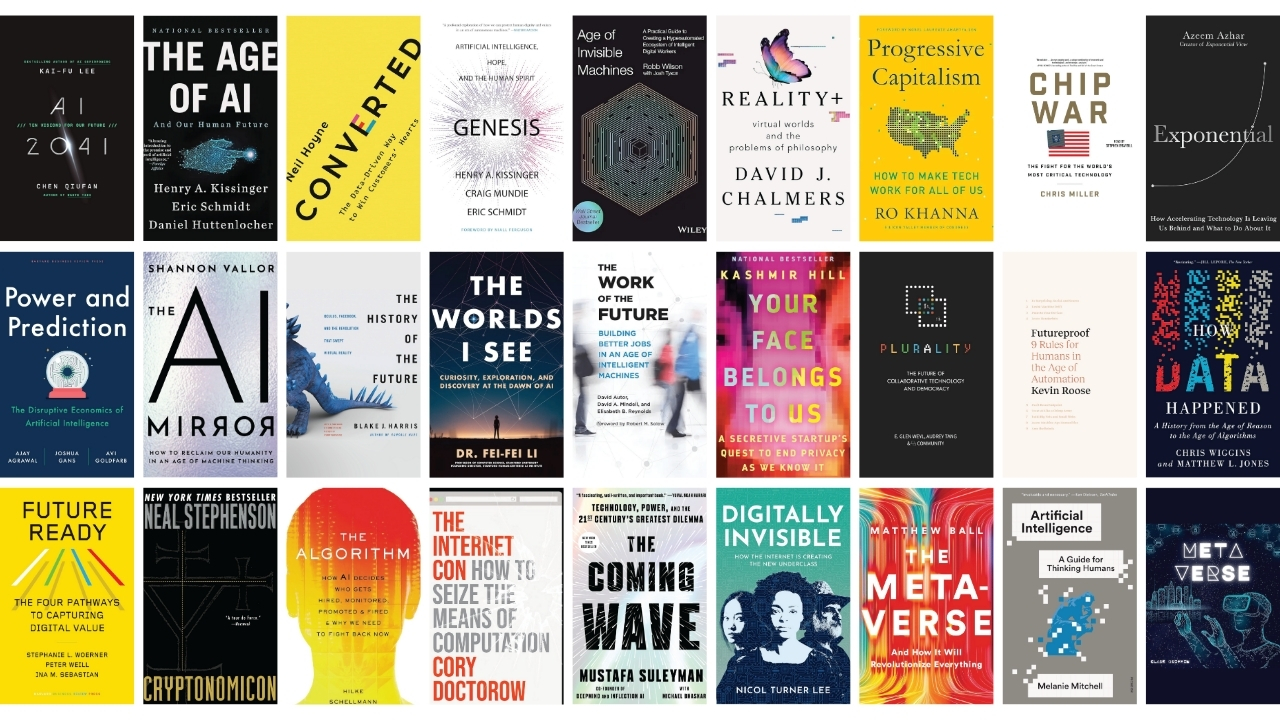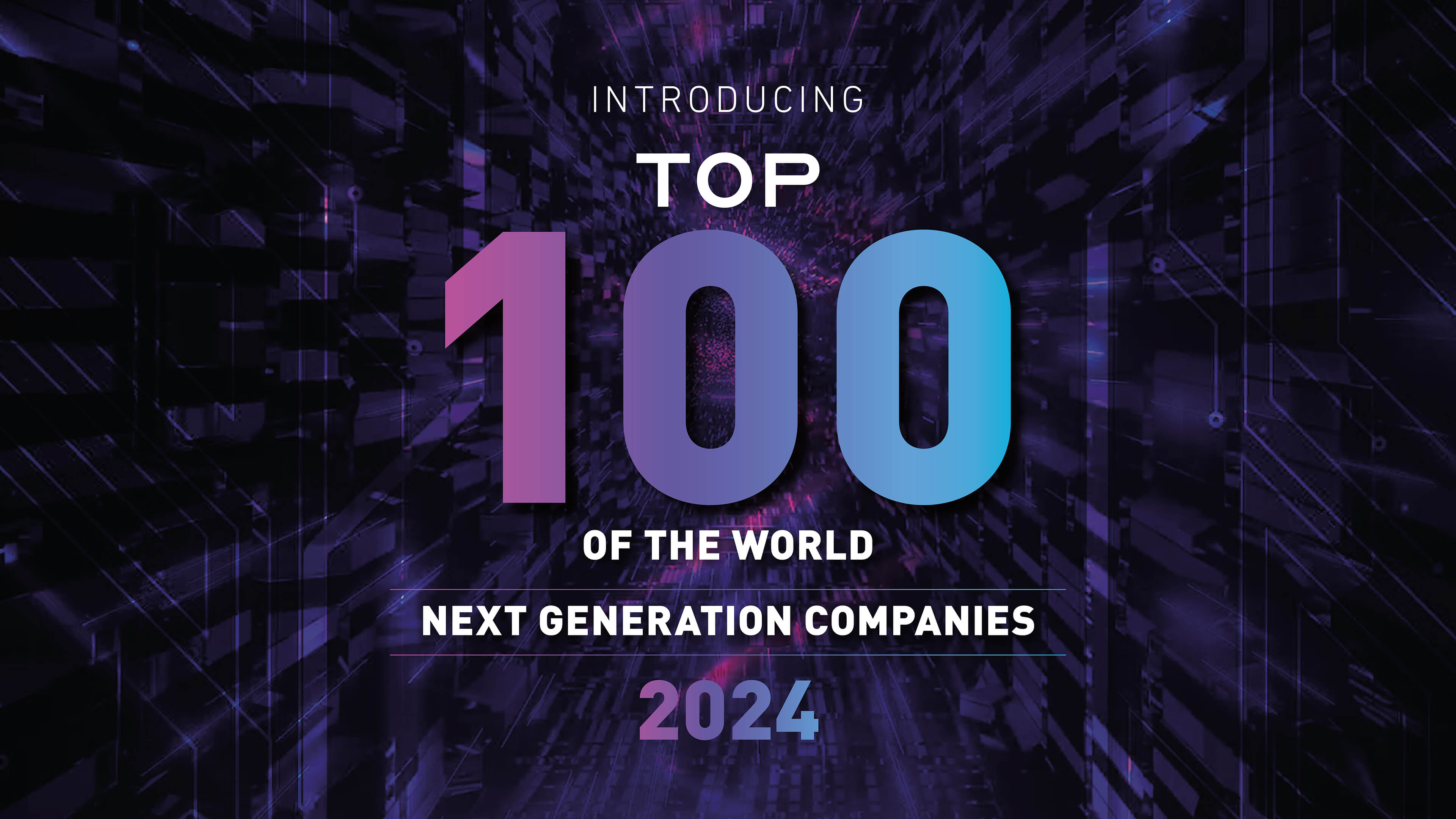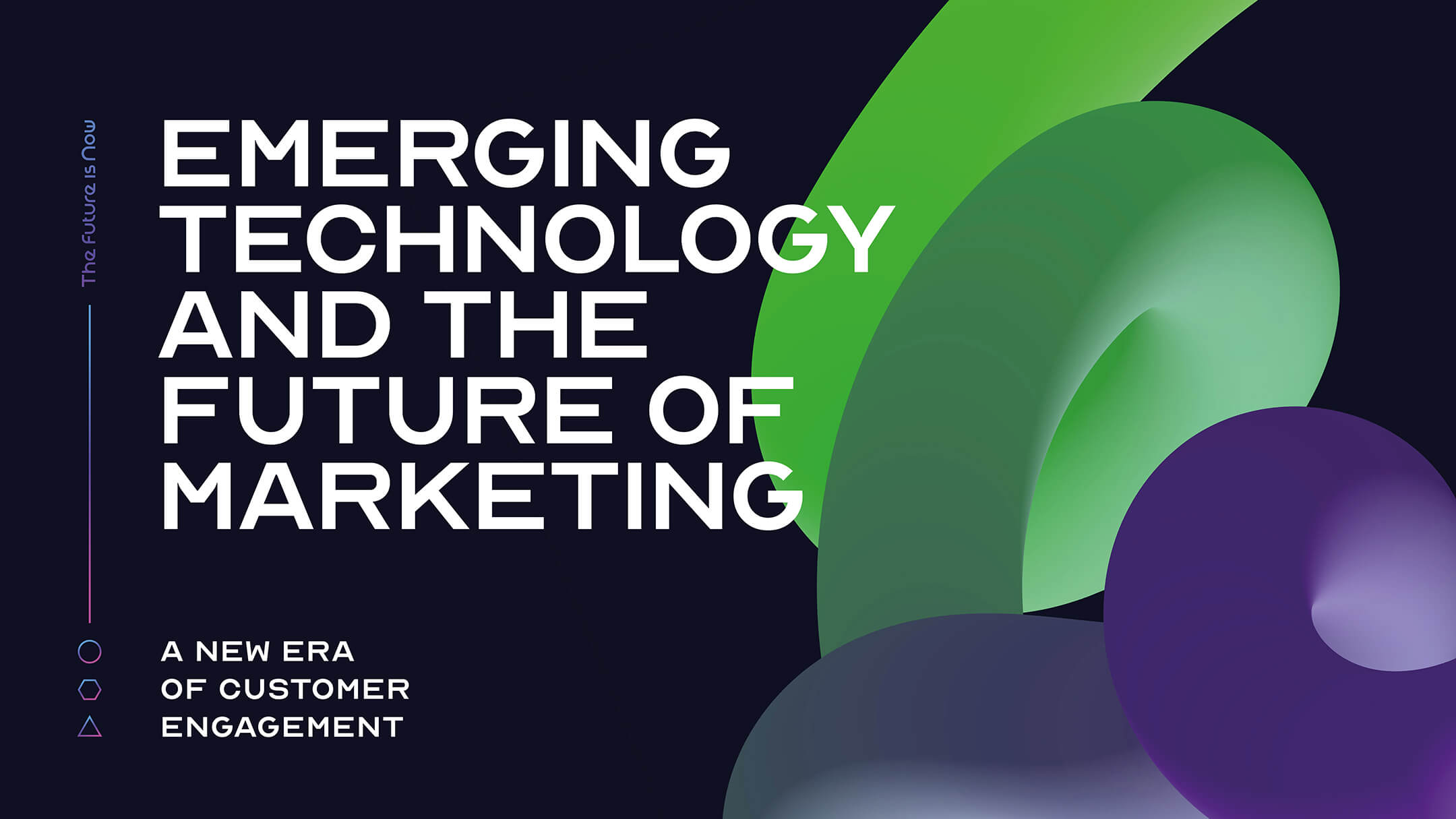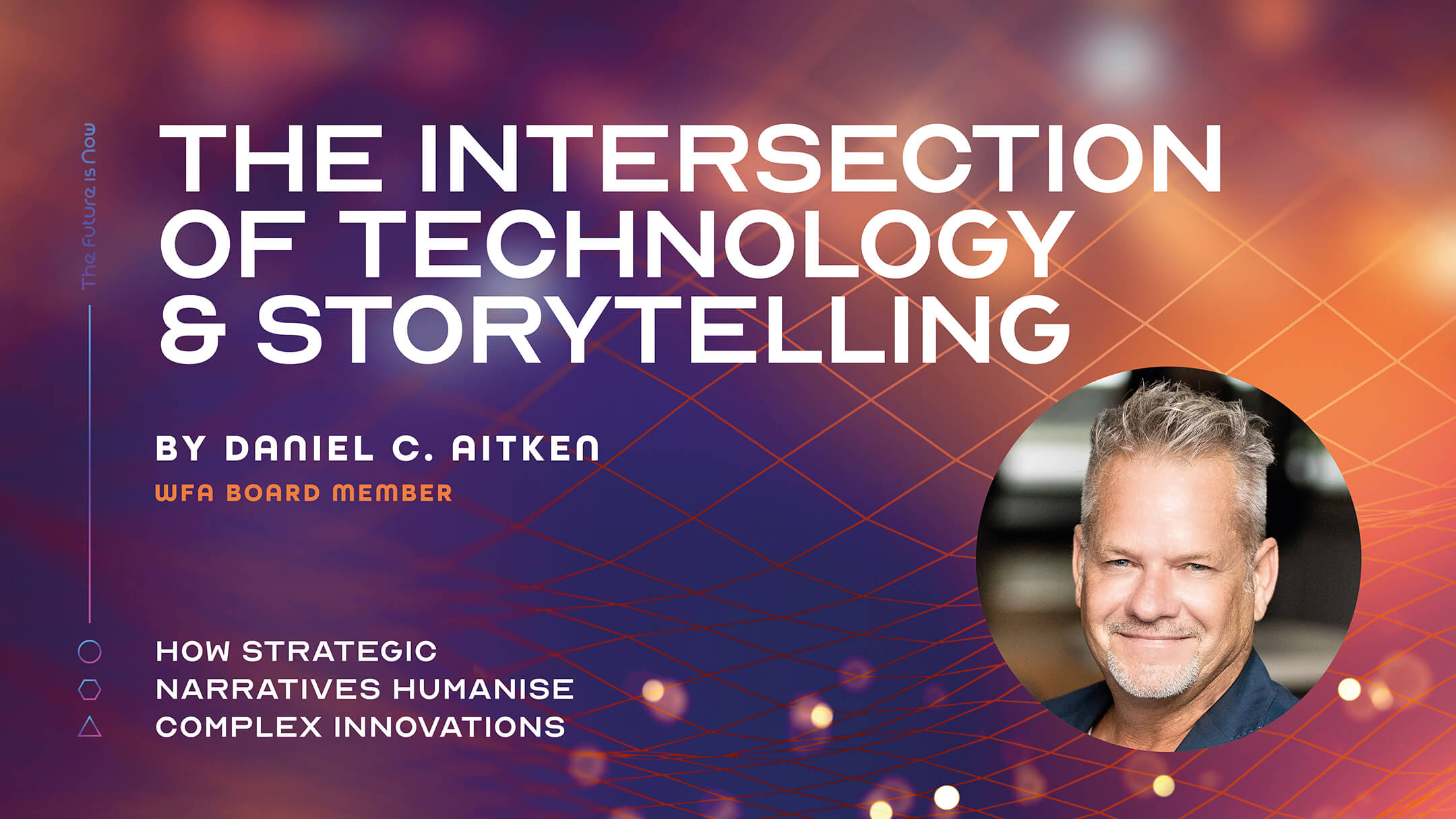Unlocking Tomorrow: Most Compelling Tech Reads by World Future Awards
The World Future Awards is thrilled to present a bespoke list of must-read books that delve into the ever-evolving world of technology. This carefully selected collection offers invaluable insights into AI, automation, the metaverse, and the digital divide, empowering readers to stay informed and inspired as they navigate the future. Below is a curated list of some of the best tech books to read in 2024, with thought-provoking explorations into what the future may hold for society, work, and daily life. Each book is linked for easy access on Amazon.
1. The Age of AI: And Our Human Future
- Authors: Daniel P. Huttenlocher, Eric Schmidt, Henry Kissinger
- Published: 2021
- Why Read: An essential exploration of AI’s role in shaping society, politics, and humanity’s future, co-authored by prominent thinkers.
- Buy on Amazon
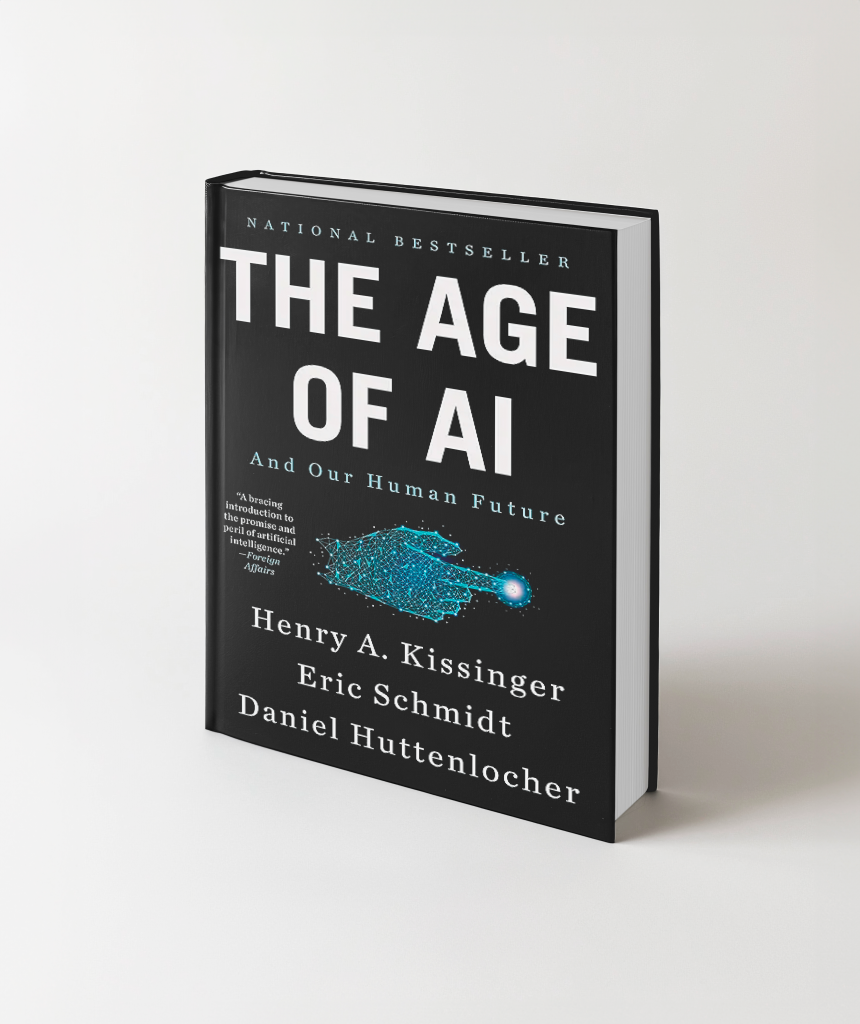
2. AI 2041: Ten Visions for Our Future
- Authors: Kai-Fu Lee, Chen Qiufan
- Published: 2021
- Why Read: Blending fiction and futurism, this book paints a vivid picture of life with AI in the next two decades.
- Buy on Amazon

3. Futureproof: 9 Rules for Humans in the Age of Automation
- Author: Kevin Roose
- Published: 2021
- Why Read: With practical advice, this book offers ways to stay resilient in an era of rapid automation and AI.
- Buy on Amazon

4. Exponential: How Accelerating Technology Is Leaving Us Behind and What to Do About It
- Author: Azeem Azhar
- Published: 2021
- Why Read: A look at how exponential tech growth outpaces human adaptability and what we can do to bridge the gap.
- Buy on Amazon

5. Dignity in a Digital Age: Making Tech Work for All of Us
- Author: Ro Khanna
- Published: 2022
- Why Read: Advocates for an inclusive digital future, ensuring that technology works for all communities.
- Buy on Amazon
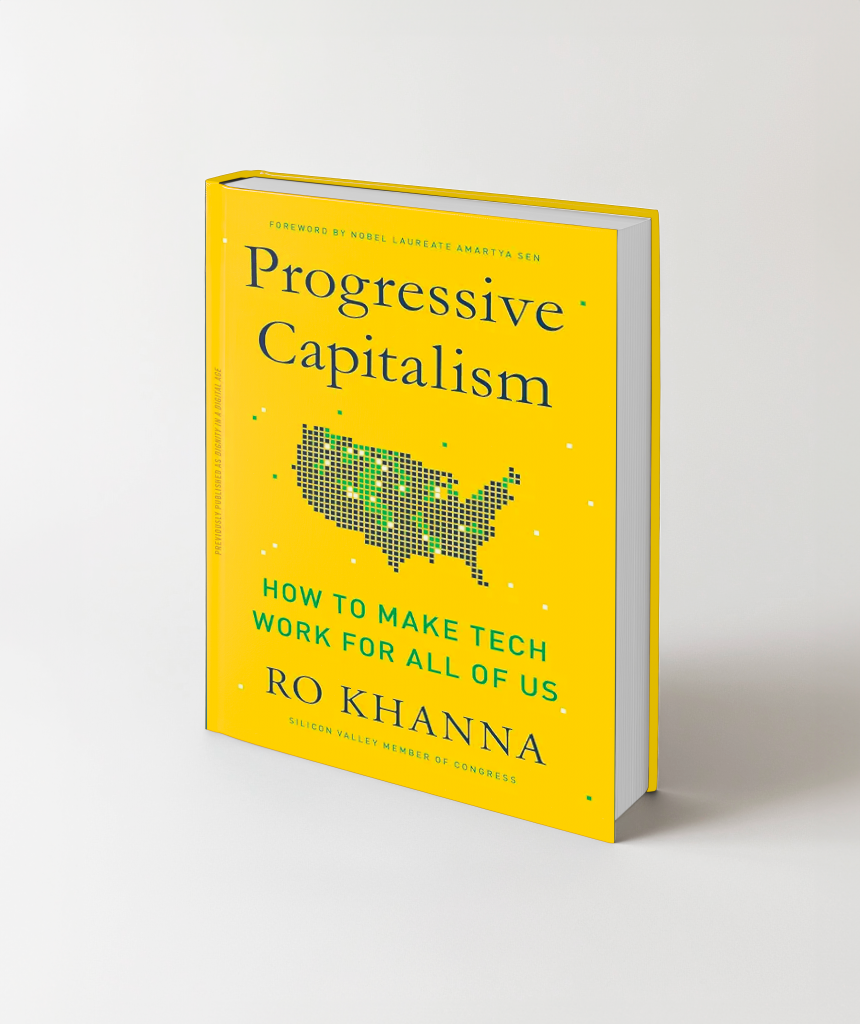
6. The Metaverse: And How It Will Revolutionize Everything
- Author: Matthew Ball
- Published: 2022
- Why Read: Delves into the metaverse, offering insights into its potential to transform our social and commercial lives.
- Buy on Amazon
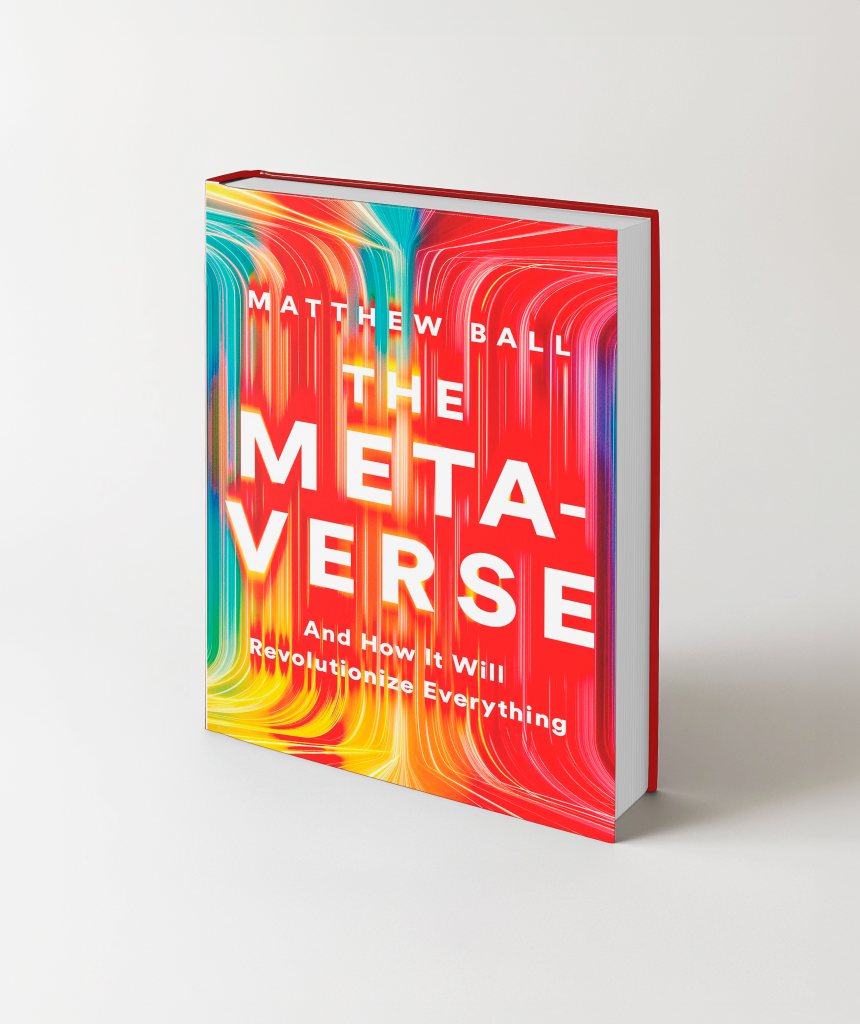
7. Age of Invisible Machines: A Practical Guide to Creating a Hyperautomated Ecosystem of Intelligent Digital Workers
- Author: Robb Wilson
- Published: 2022
- Why Read: A guide for businesses and tech enthusiasts on creating digital ecosystems with automated workers.
- Buy on Amazon

8. Converted: The Data-Driven Way to Win Customers’ Hearts
- Author: Neil Hoyne
- Published: 2022
- Why Read: For marketers and business leaders, this book shows how to win over customers with data-driven strategies.
- Buy on Amazon

9. Power and Prediction: The Disruptive Economics of Artificial Intelligence
- Authors: Ajay Agrawal, Joshua Gans, Avi Goldfarb
- Published: 2022
- Why Read: Explores the economic implications of AI, ideal for business strategists and tech enthusiasts alike.
- Buy on Amazon
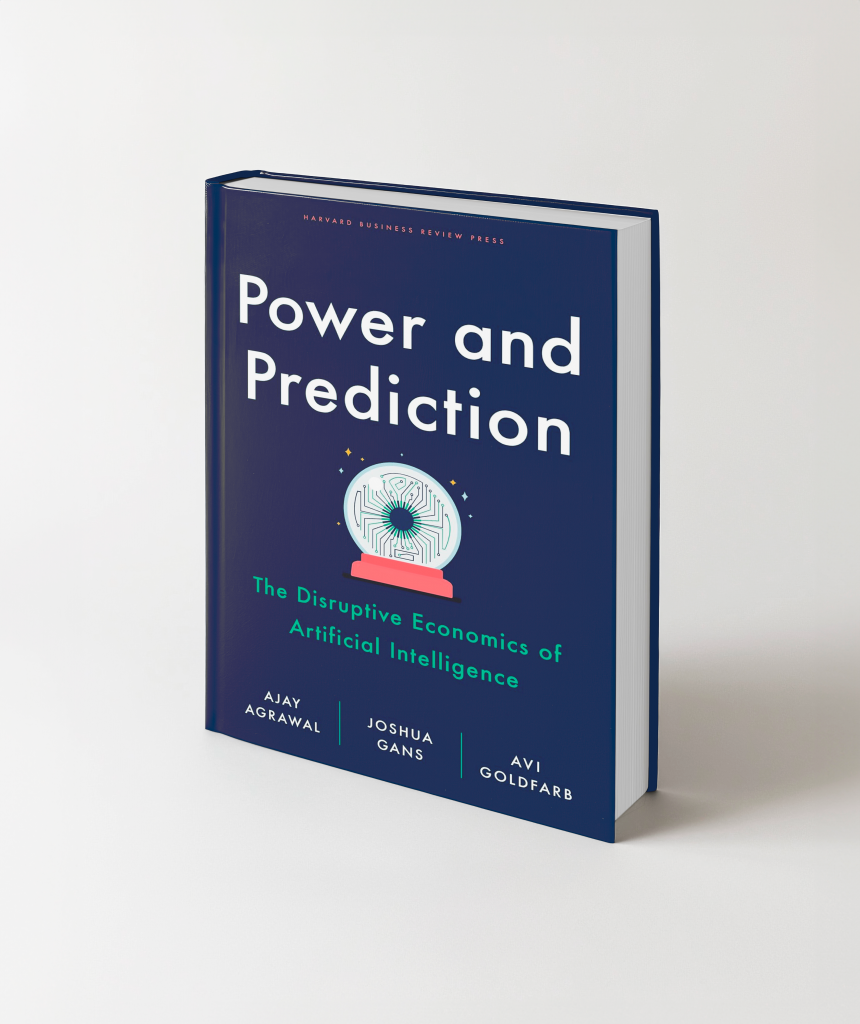
10. Future Ready: The Four Pathways to Capturing Digital Value
- Authors: Stephanie Woerner, Peter Weill, Ina Sebastian
- Published: 2022
- Why Read: Outlines four pathways businesses can take to thrive in a digital world.
- Buy on Amazon

11. Chip War: The Fight for the World’s Most Critical Technology
- Author: Chris Miller
- Published: 2022
- Why Read: An insightful look at the global race for semiconductor dominance, touching on economic and political stakes.
- Buy on Amazon

12. The Loop: How Technology Is Creating a World Without Choices and How to Fight Back
- Author: Jacob Ward
- Published: 2022
- Why Read: Examines the psychological effects of tech-driven decision-making, empowering readers to reclaim choice.
- Buy on Amazon
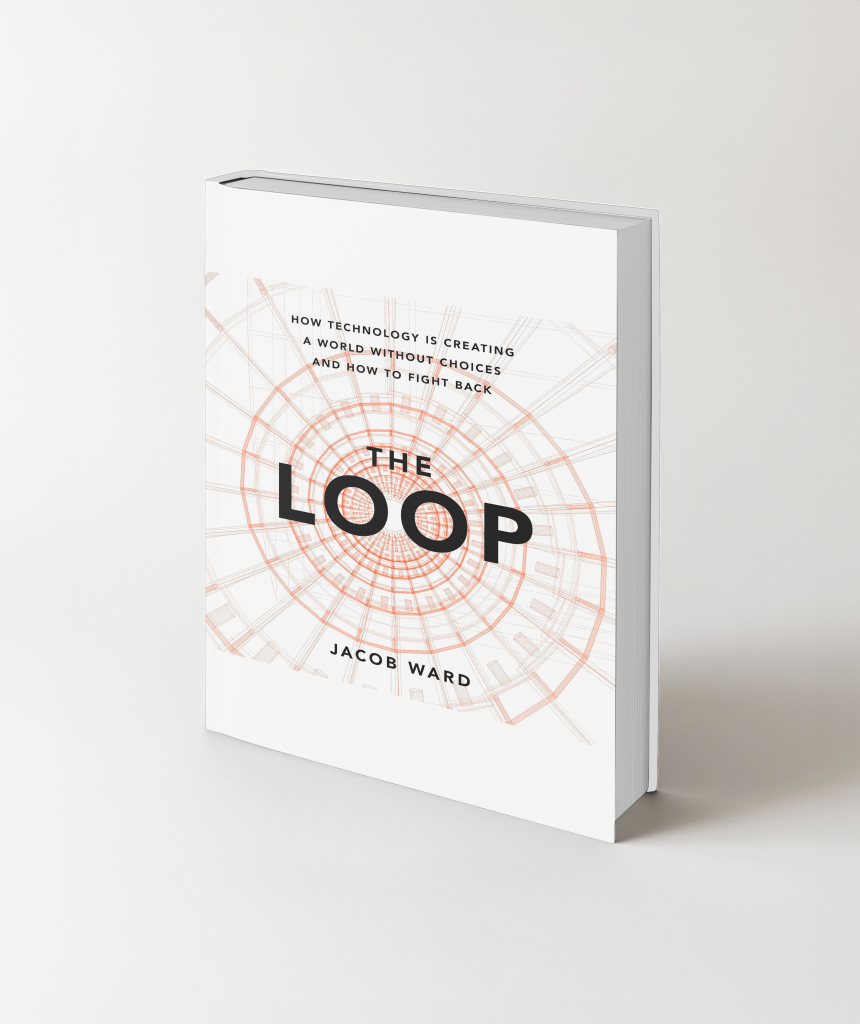
13. The Work of the Future: Building Better Jobs in an Age of Intelligent Machines
- Author: David A. Mindell
- Published: 2021
- Why Read: This MIT-based study discusses how we can create a future with better jobs amid AI advancements.
- Buy on Amazon
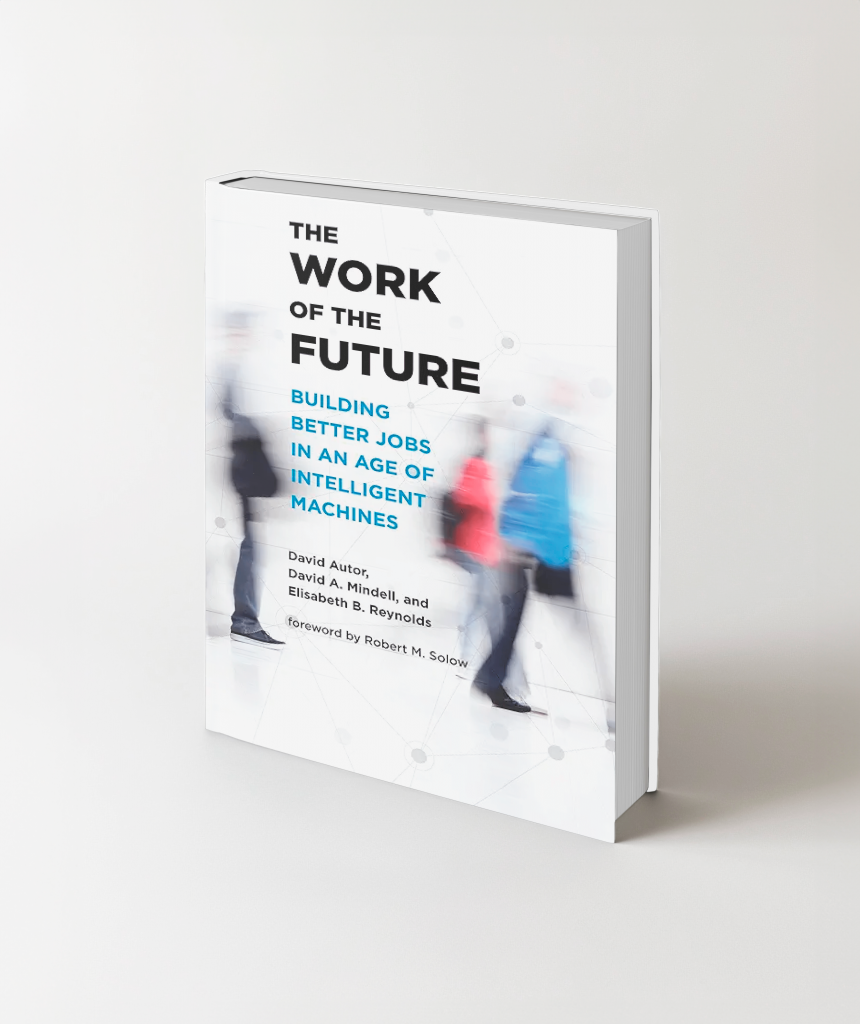
14. Metaverse: The Visionary Guide for Beginners to Discover and Invest in Virtual Lands, Blockchain Gaming, Digital Art of NFTs, and More
- Author: Clark Griffin
- Published: 2022
- Why Read: A guide for newcomers looking to invest in and understand the metaverse, NFTs, and virtual lands.
- Buy on Amazon

15. Genesis: Artificial Intelligence, Hope, and the Human Spirit
- Author: Henry A. Kissinger (Author), Eric Schmidt (Author), Craig Mundie (Author), Niall Ferguson (Foreword)
- Published: 2022
- Why Read: Explores AI from a humanistic and philosophical lens, touching on the spiritual side of tech.
- Buy on Amazon
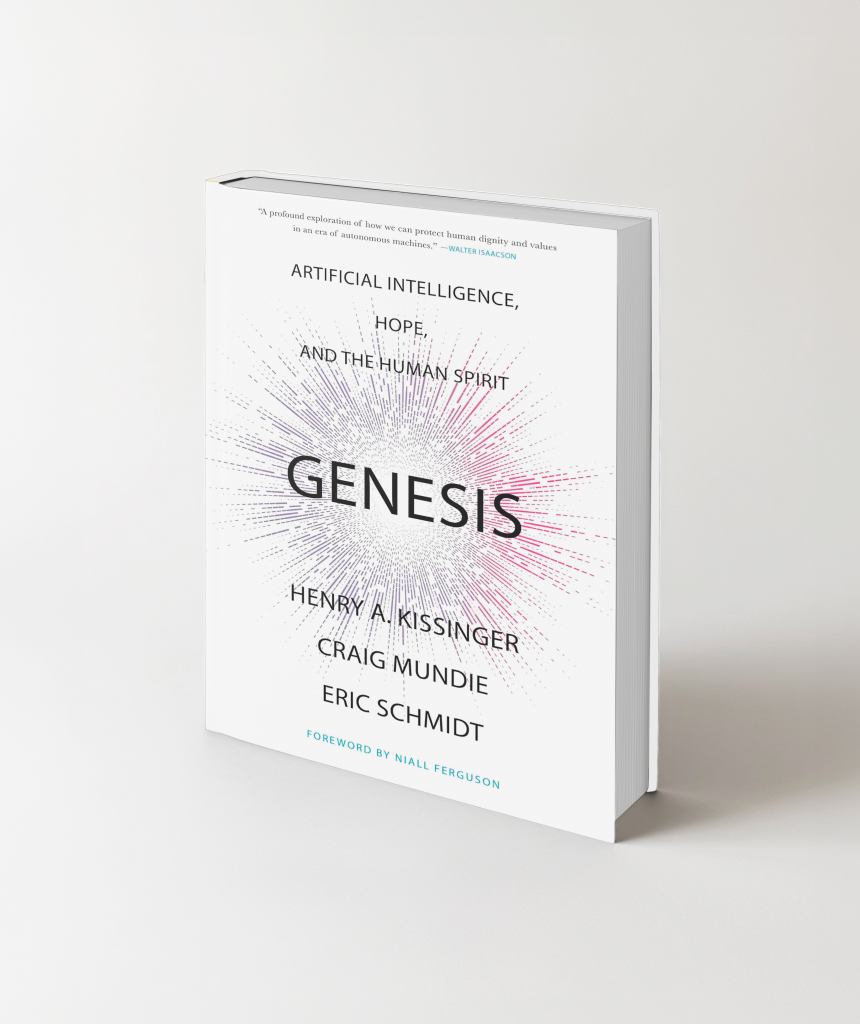
16. The AI Mirror: How to Reclaim Our Humanity in an Age of Machine Thinking
- Author: Shannon Valor
- Published: 2023
- Why Read: Offers insights on balancing AI’s rise with human values, ensuring we remain in control of our future.
- Buy on Amazon

17. The Algorithm: How AI Decides Who Gets Hired, Monitored, Promoted, and Fired and Why We Need to Fight Back Now
- Author: Hilke Schellmann
- Published: 2023
- Why Read: Examines AI’s role in employment decisions, urging readers to reflect on fairness and ethics.
- Buy on Amazon

18. The Coming Wave: Technology, Power, and the Twenty-first Century’s Greatest Dilemma
- Author: Mustafa Suleyman
- Published: 2023
- Why Read: Discusses the complex challenges posed by AI and the ethical decisions facing humanity.
- Buy on Amazon
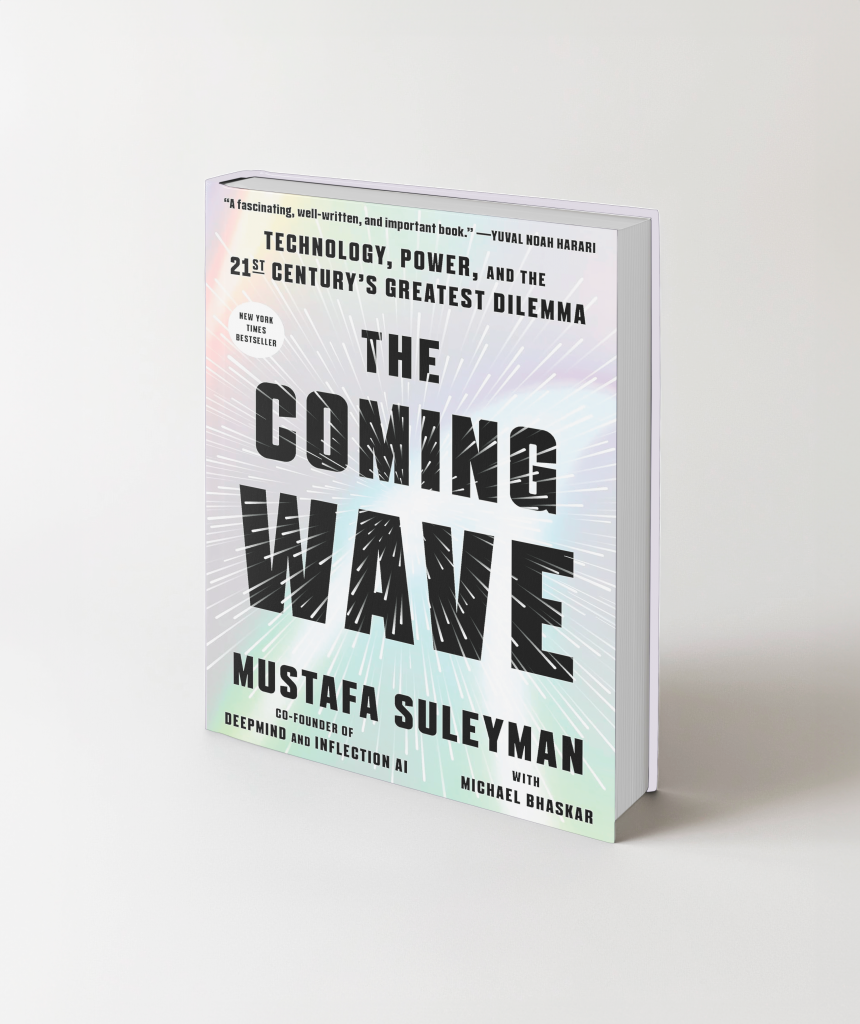
19. Digitally Invisible: How the Internet Is Creating the New Underclass
- Author: Nicol Turner Lee
- Published: 2023
- Why Read: Turner Lee investigates how digital inequality leaves vulnerable populations behind, revealing how internet access—or the lack of it—affects opportunities and deepens social divides. Essential for readers interested in the social impacts of technology.
- Buy on Amazon

20. How Data Happened: A History from the Age of Reason to the Age of Algorithms
- Author: Chris Wiggins
- Published: 2023
- Why Read: A deep dive into the evolution of data from its earliest uses to today’s algorithm-driven landscape. Wiggins’ exploration provides context on how data has come to wield such influence, making it a must-read for those curious about the historical and ethical implications of our data-centric world.
- Buy on Amazon

21. The Internet Con: How to Seize the Means of Computation
- Author: Cory Doctorow
- Published: 2023
- Why Read: A rallying cry for digital rights, Doctorow’s book examines who really holds power online. He offers a vision for reclaiming control of the internet from corporations, advocating for a more democratic and user-driven digital future. Ideal for readers passionate about tech activism and internet freedom.
- Buy on Amazon
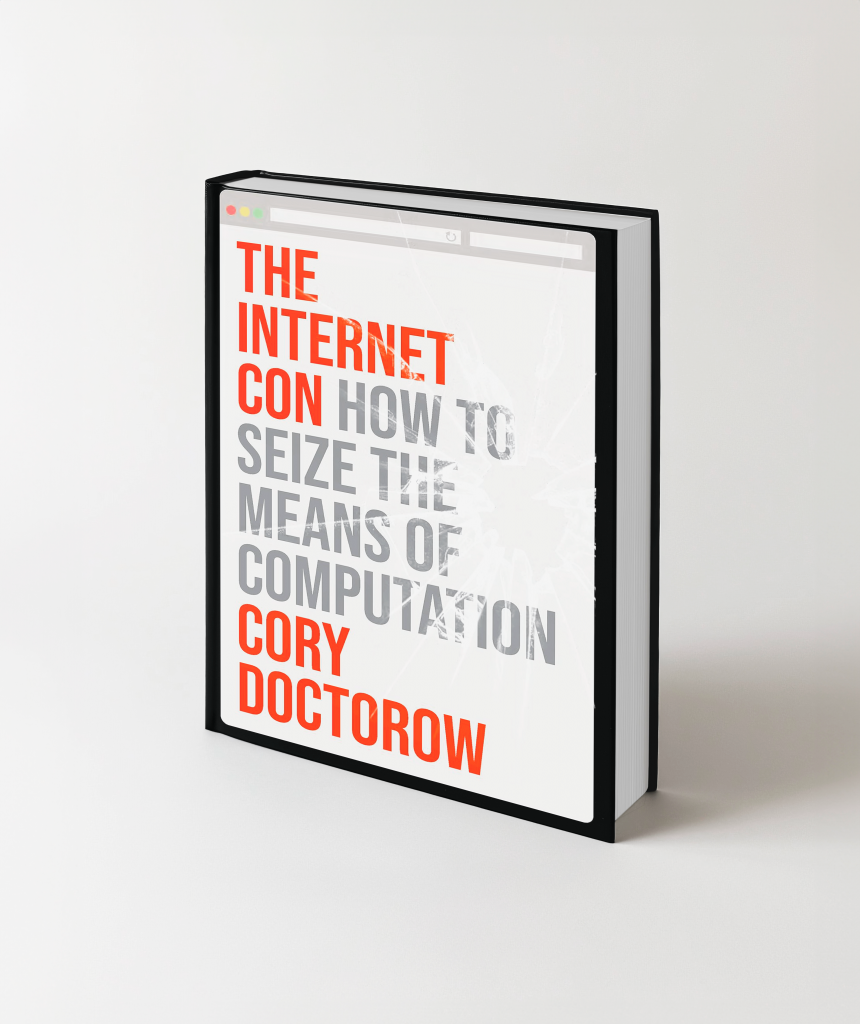
22. Plurality: The Future of Collaborative Technology and Democracy
- Authors: E. Glen Weyl, Audrey Tang, and Community
- Published: 2023
- Why Read: An innovative take on how technology can enable a more collaborative democracy. This book highlights ways that tech can strengthen democratic engagement, with insights from international voices. It’s an inspiring read for those interested in the intersection of technology and civic engagement.
- Buy on Amazon
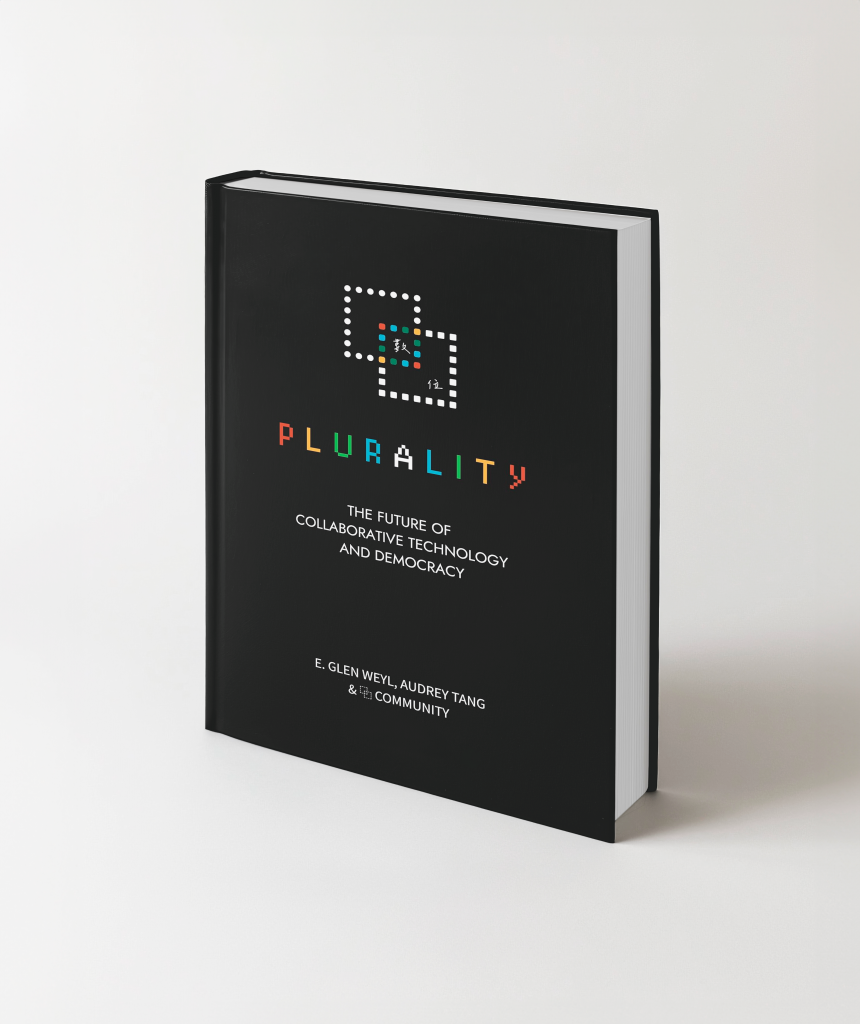
23. The Worlds I See: Curiosity, Exploration, and Discovery at the Dawn of AI
- Author: Dr. Fei-Fei Li
- Published: 2023
- Why Read: Renowned AI researcher Dr. Fei-Fei Li shares her journey and reflections on the exciting possibilities of AI. With a focus on curiosity and discovery, this book is both a personal narrative and a forward-looking exploration of AI’s potential to expand human understanding.
- Buy on Amazon
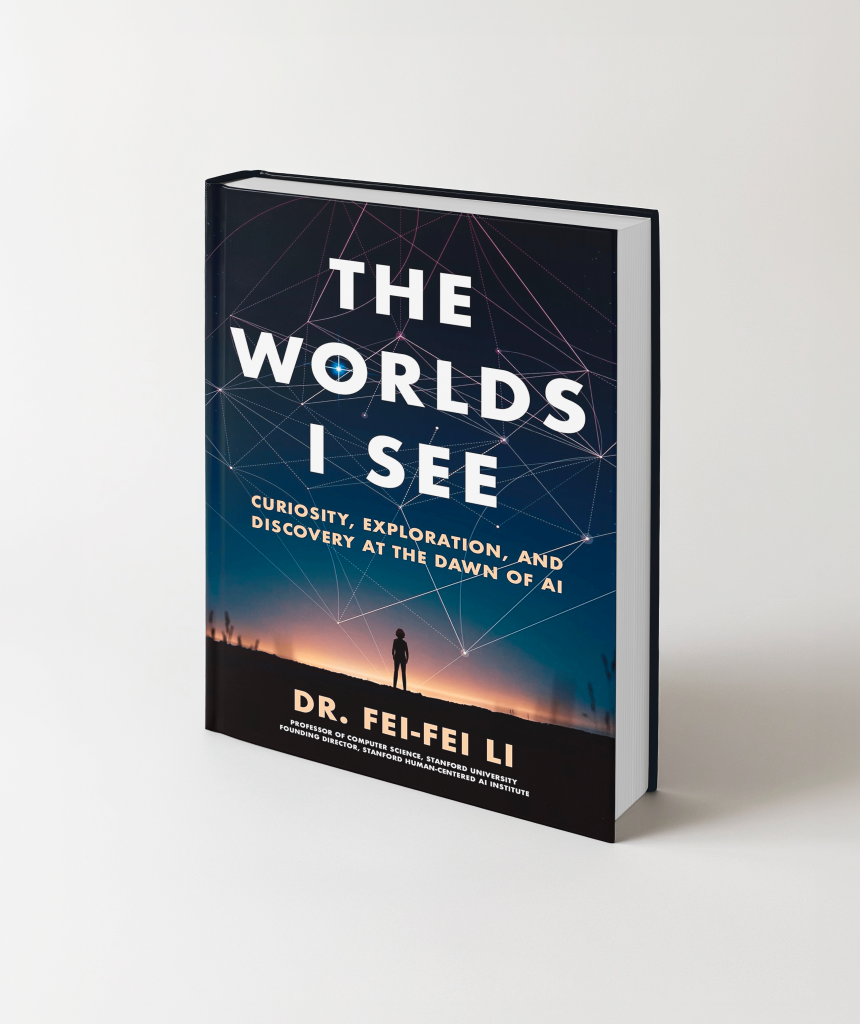
24. Your Face Belongs to Us: A Secretive Startup’s Quest to End Privacy as We Know It
- Author: Kashmir Hill
- Published: 2023
- Why Read: This investigative exposé unveils the dark side of facial recognition and the privacy risks posed by a single startup’s ambition to track identities. Hill’s reporting raises important questions about privacy, ethics, and surveillance, making it an eye-opening read for anyone concerned with personal freedom in the digital age.
- Buy on Amazon

25. Reality+: Virtual Worlds and the Problems of Philosophy
- Author: David J. Chalmers
- Published: 2022
- Why Read: Chalmers tackles the philosophical questions surrounding virtual reality, examining what’s real in a world where digital and physical realms overlap. This book is ideal for readers interested in tech philosophy and the potential of virtual worlds to reshape reality.
- Buy on Amazon
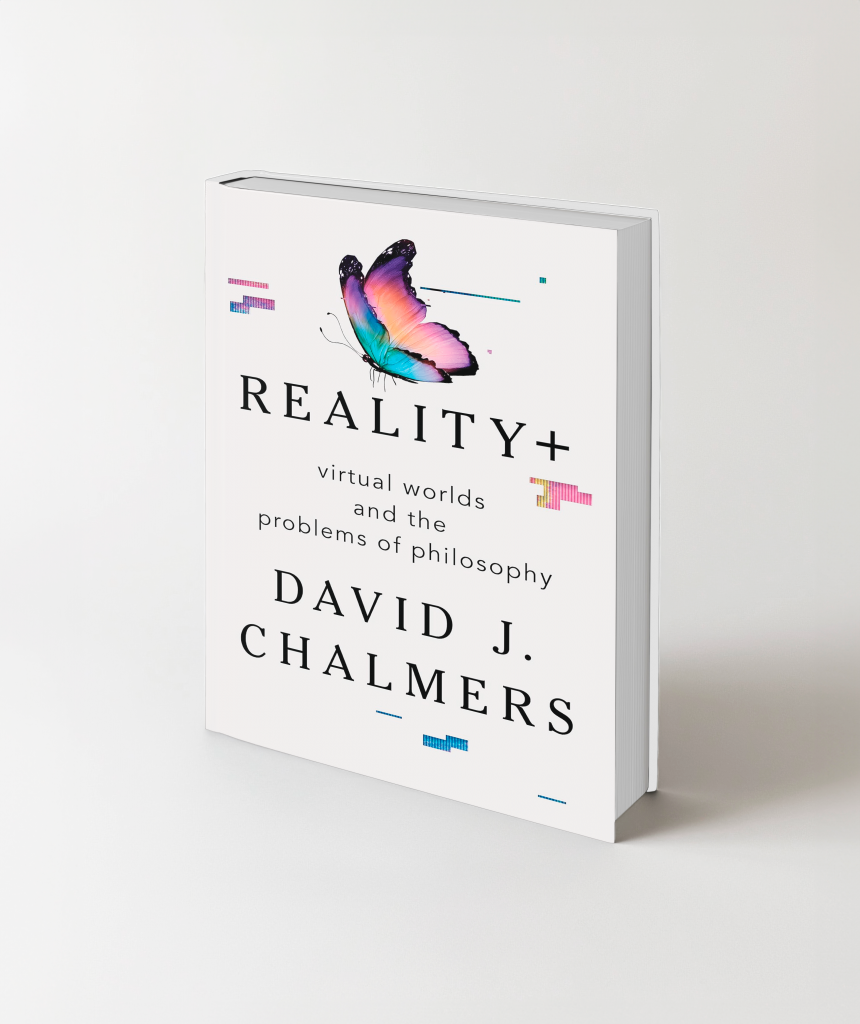
26. Imagination Dilemma: Tools to Overcome It and Thrive Through
- Author: Lydia Kostopoulos
- Published: 2024
- Why read: This book is a must-read for anyone looking to sharpen their competitive edge in an era of rapid technological change. Packed with powerful stories, innovative frameworks, and practical strategies, it helps individuals and organizations strengthen their imagination muscles to stay ahead of disruption.
- Buy on Amazon
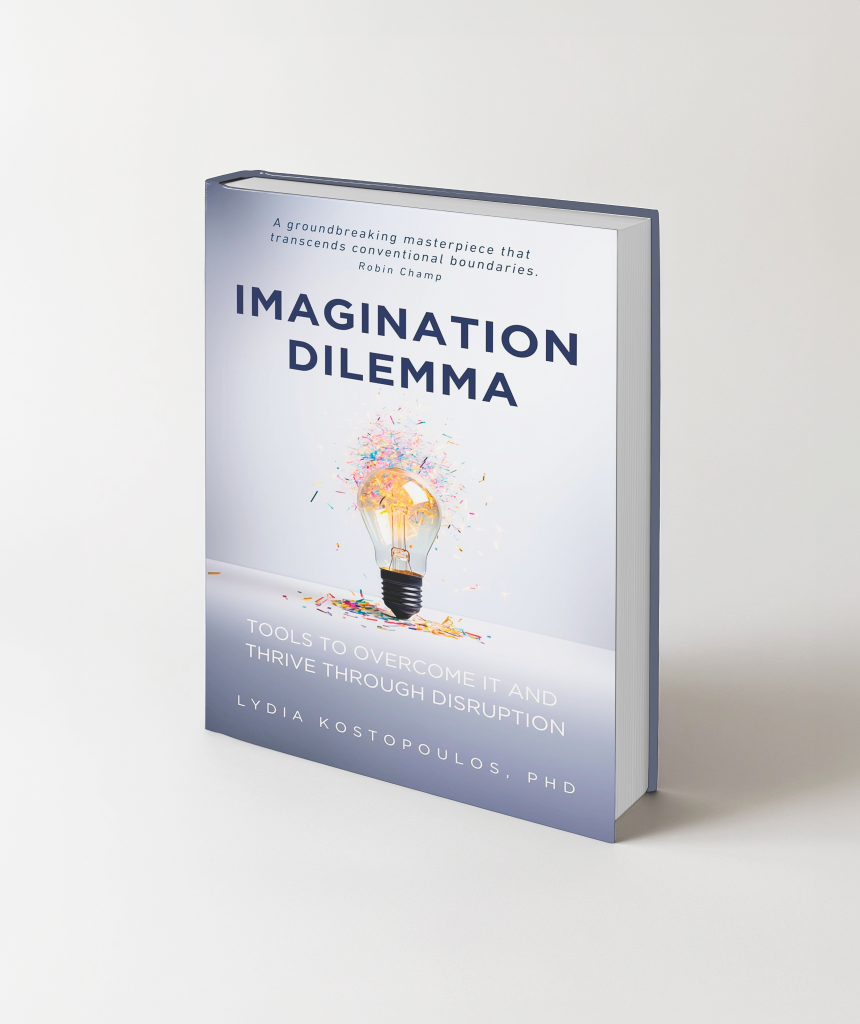
These books offer a roadmap for anyone looking to understand and anticipate the changes technology will bring to our lives and society. Whether for personal curiosity or professional insight, each title is a step toward being future-ready. This list offers a variety of perspectives on technology’s evolving role in society, covering everything from data ethics and digital democracy to AI’s potential and privacy issues. Each book provides unique insights and challenges readers to think critically about our tech-driven future. Save and share this article with your colleagues and friends keen on technology and the world of innovation.


